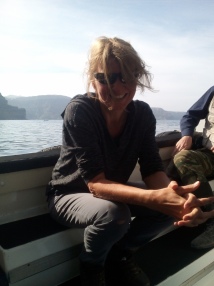BibTex format
@article{Artemieva:2020:10.1029/2019gl086562,
author = {Artemieva, N and Morgan, J},
doi = {10.1029/2019gl086562},
journal = {Geophysical Research Letters},
pages = {1--8},
title = {Global KPg layer deposited from a dust cloud},
url = {http://dx.doi.org/10.1029/2019gl086562},
volume = {47},
year = {2020}
}

